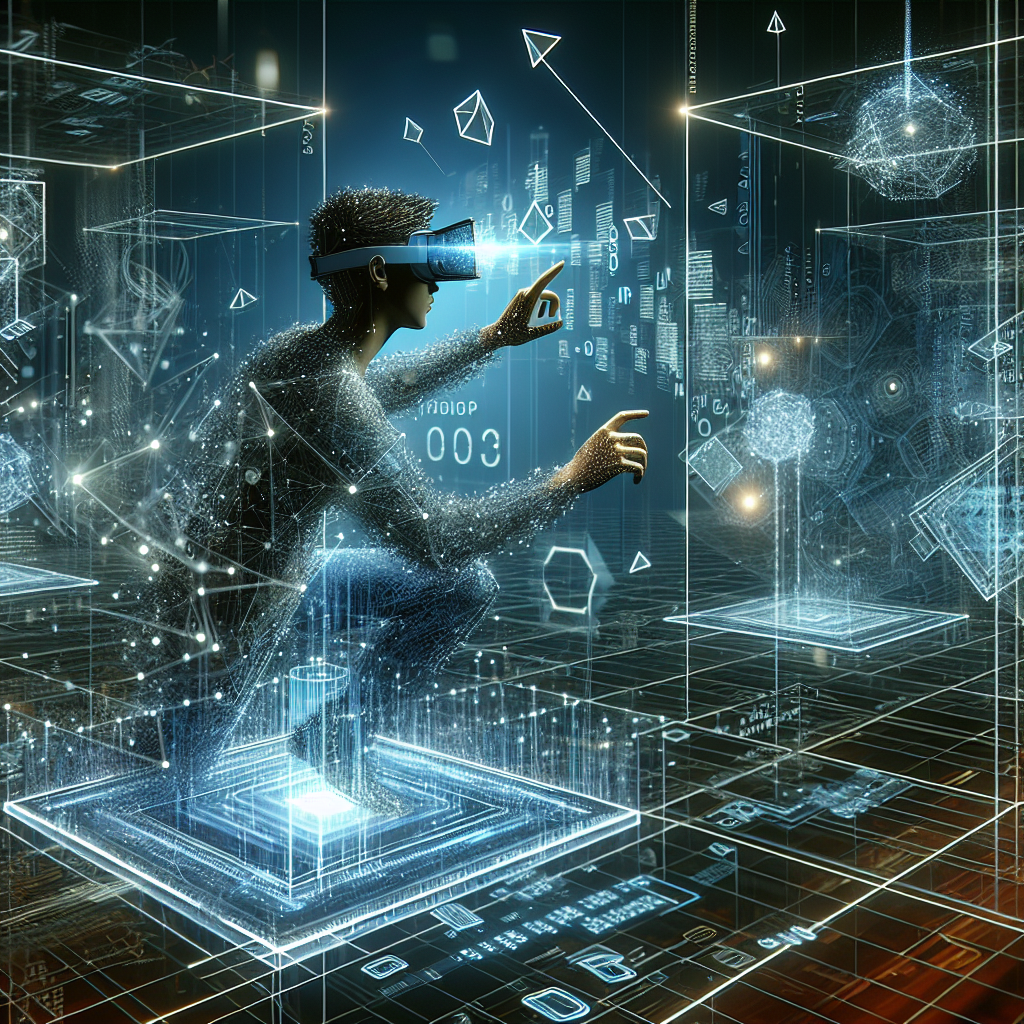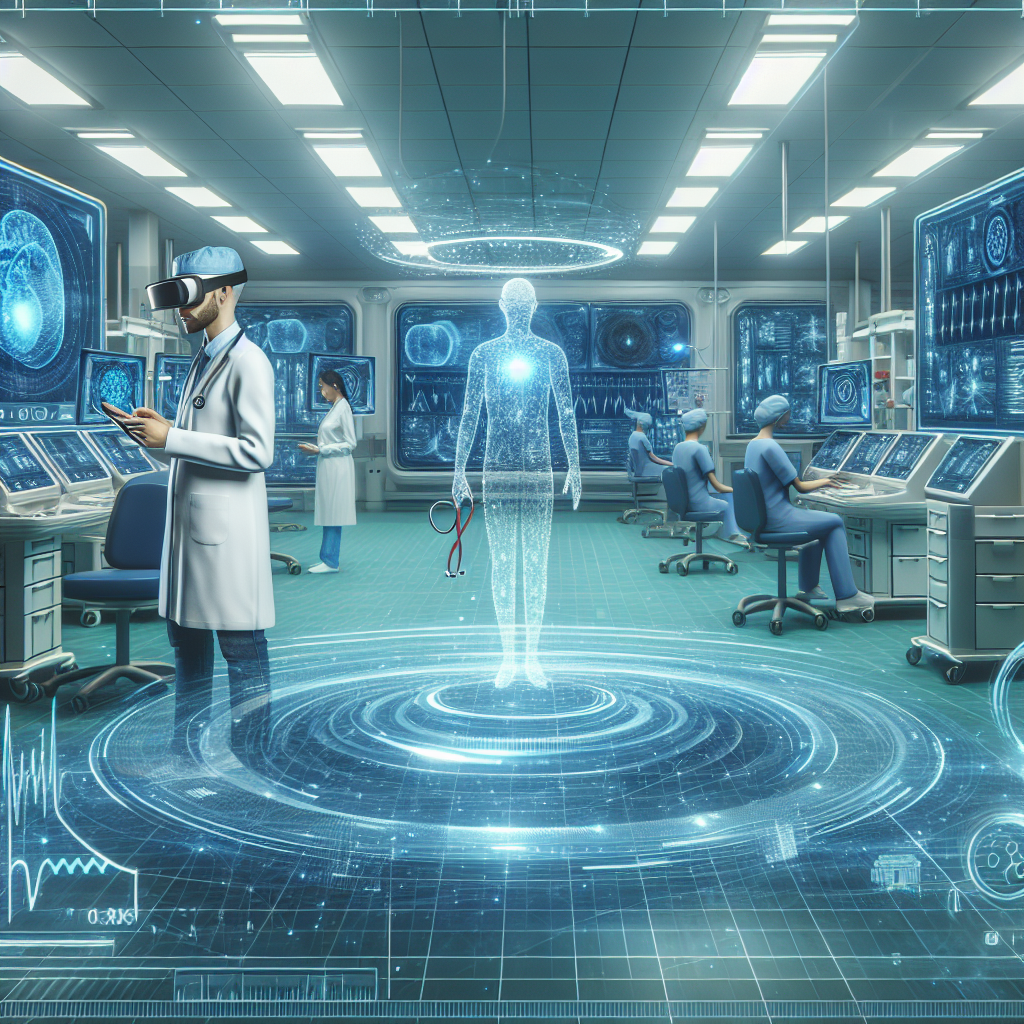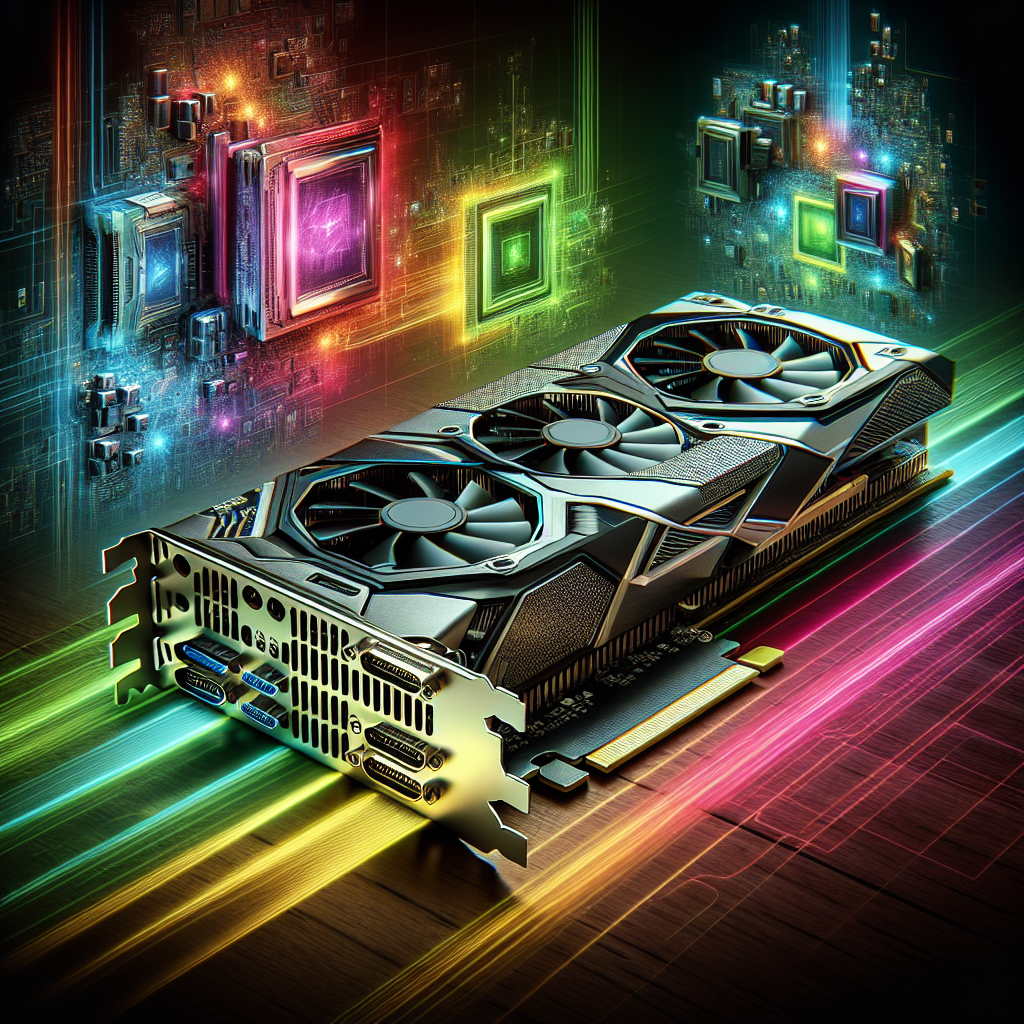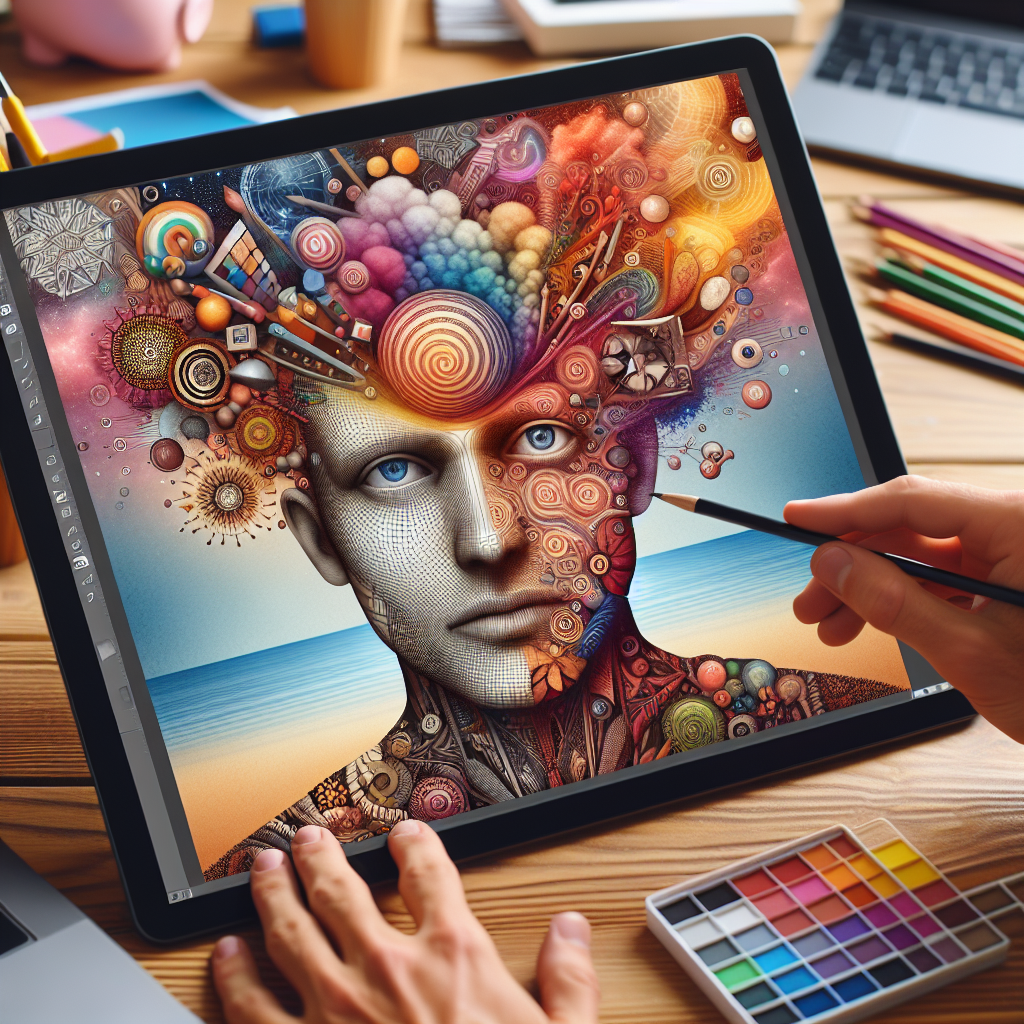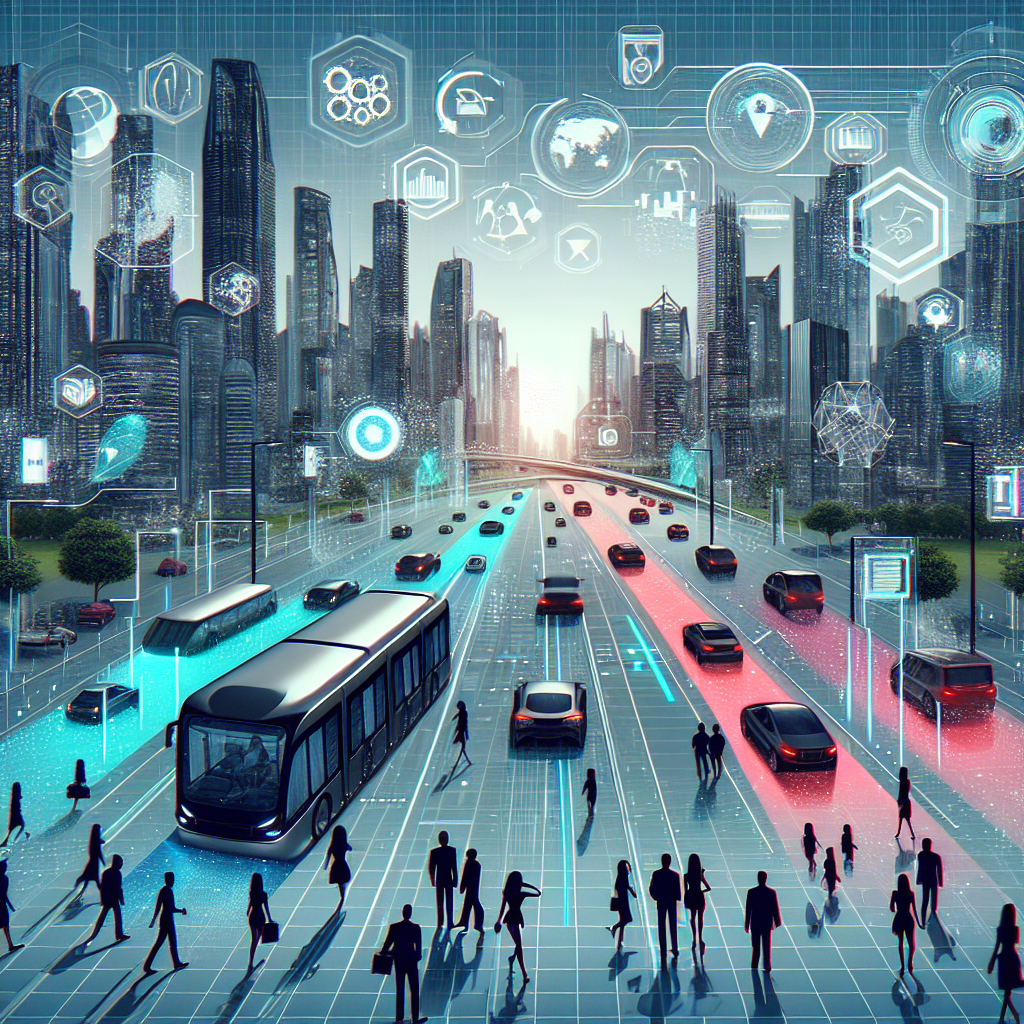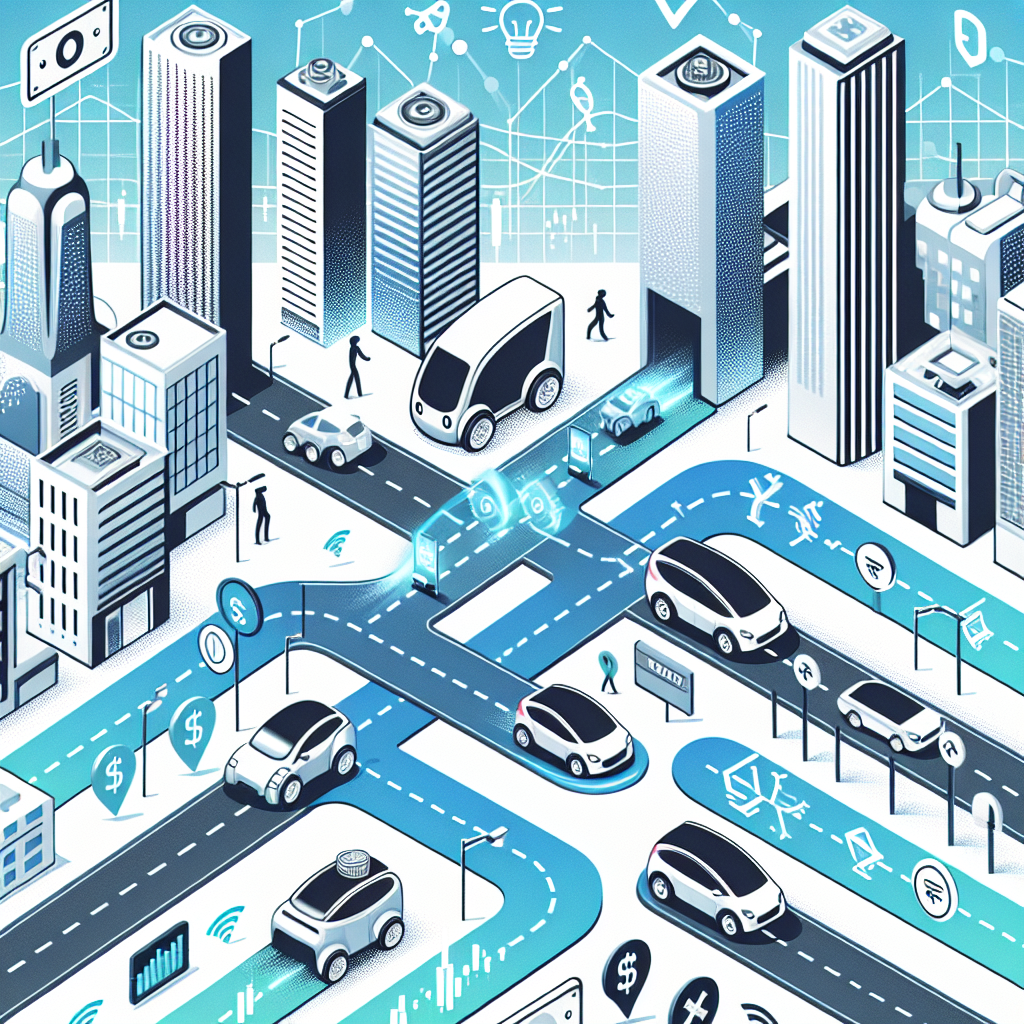Augmented reality (AR) technology has revolutionized the way we interact with the world around us, offering immersive experiences that blend the physical and digital realms. From gaming and entertainment to education and healthcare, AR has the potential to enhance various aspects of our lives. However, with this technological advancement comes a host of ethical and privacy concerns that must be navigated carefully.
One of the main ethical concerns surrounding AR technology is the issue of consent. AR applications often collect and store personal data, such as location information and browsing history, in order to provide users with personalized experiences. However, users may not always be aware of the extent to which their data is being collected and how it is being used. This lack of transparency can lead to breaches of privacy and potential misuse of personal information.
Another ethical issue is the potential for AR technology to perpetuate stereotypes and biases. For example, facial recognition technology used in AR applications may not be accurate for all demographics, leading to discriminatory outcomes. Additionally, the content displayed in AR experiences may reinforce harmful stereotypes or promote discriminatory attitudes. It is important for developers and designers to be mindful of the impact their creations may have on society and to work towards creating inclusive and respectful AR experiences.
Privacy concerns also loom large in the realm of AR technology. As AR applications become more sophisticated and pervasive, the risk of unauthorized data access and surveillance increases. Users may unknowingly be subjected to tracking and monitoring by third parties, leading to a loss of control over their personal information. Additionally, the use of AR glasses and other wearable devices raises concerns about the potential for constant surveillance and intrusion into private spaces.
To navigate these ethical and privacy concerns, it is essential for developers, designers, policymakers, and users to work together to establish clear guidelines and regulations for the responsible use of AR technology. This includes implementing robust data protection measures, providing users with transparent information about data collection and usage practices, and ensuring that AR experiences are respectful and inclusive.
Furthermore, education and awareness are key in addressing these issues. Users should be informed about the potential risks associated with AR technology and empowered to make informed decisions about their privacy and data security. Developers and designers should receive training on ethical design practices and be encouraged to consider the social implications of their creations.
Ultimately, navigating the ethical and privacy concerns of AR technology requires a collaborative effort from all stakeholders involved. By working together to establish clear standards and best practices, we can ensure that AR technology is used in a responsible and respectful manner, benefiting society as a whole.
